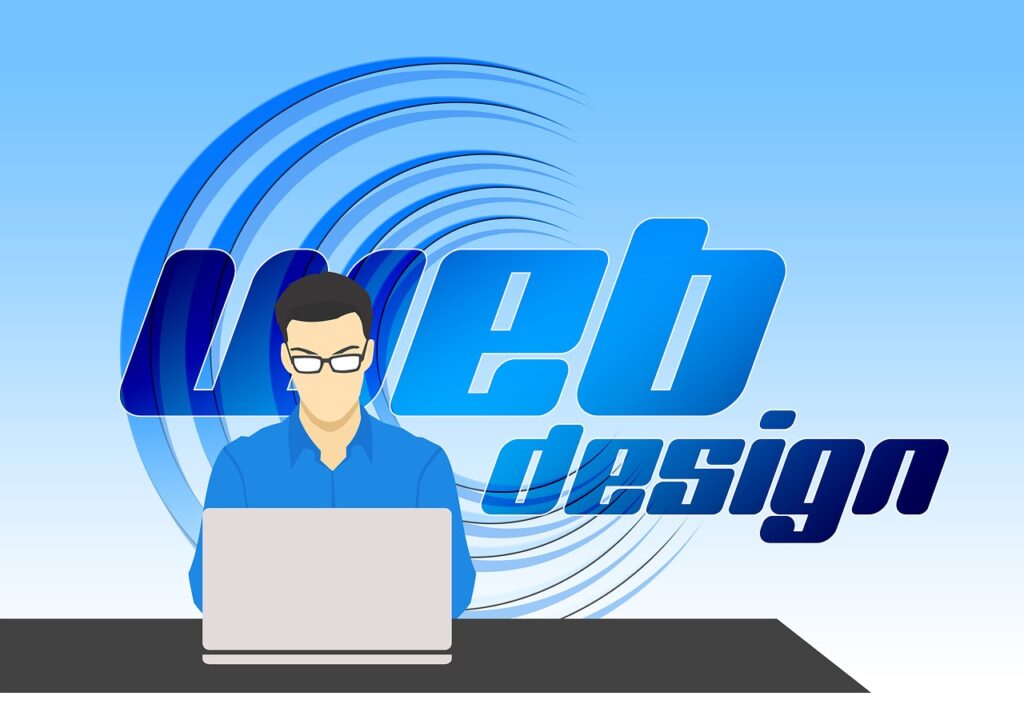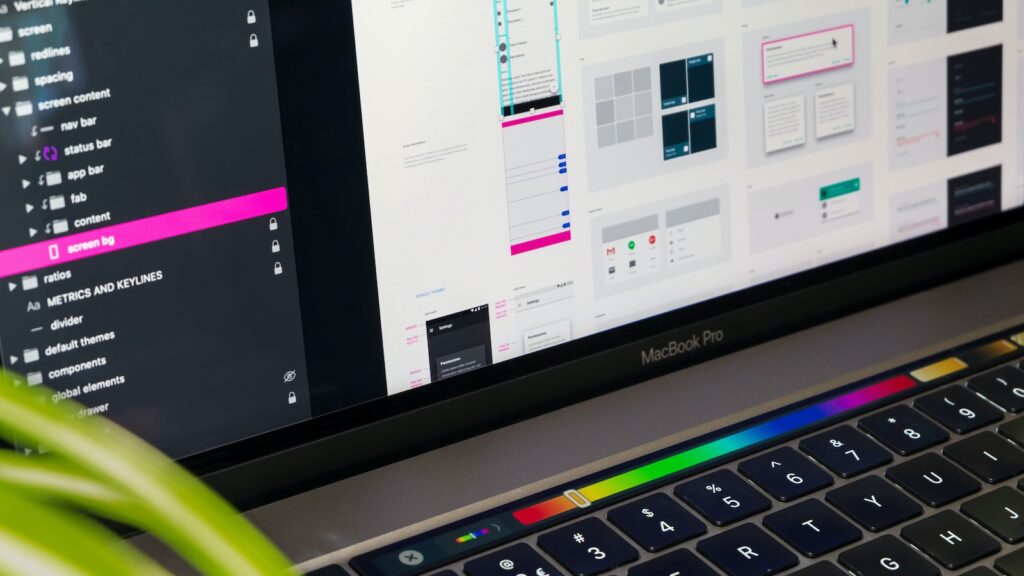What is the definition of Web Design?
Web design is the process of building websites and landing pages that are accessible over the internet. It is most commonly used to refer to user-experience-related aspects of website development rather than technical development.
In the past, web design was mostly concerned with creating websites for desktop browsers; but, since the mid-2010s, building websites for mobile and tablet browsers has grown in importance exponentially.
Who is a Web Designer?
A web designer or a web design professional is a person who works on the look, layout, and, in certain situations, the content of a website, among other things. Colors, typography, and pictures, for example, all have an impact on how something seems. The way information is organized and classified is referred to as layout.

A good web design service will design a user-friendly, aesthetically attractive, and appropriate for the target audience and brand of the website. Many websites are created with a focus on simplicity in mind, so that no additional information or functionality that might distract or confuse consumers is displayed on the page.
A website’s ability to win over and develop the trust of its target audience serves as the cornerstone of a web designer’s output, and eliminating as many potential areas of user aggravation as possible is an important concern.
What is important in Web Design?
Websites are created for the purpose of providing information to users. It can be a website for a business, an organization or just a personal blog. The user experience, usability, content on the website is the most important thing that draws people towards your website. The design of the website including graphics, color scheme, fonts and accessibility is also equally important as it plays a vital role in attracting more visitors towards your website.
Factors Contributing Towards Effective Web Design
There are several factors which contribute towards creating an effective design for your website:
User Experience(UX):
User experience is a term used to describe how a person feels when using a product, system or service. A user experience designer works towards improving the quality of the interaction between people and technology. UX designers use research methods including usability testing, heuristic evaluations and cognitive walkthroughs to analyze how users interact with different interfaces. They then use this data to make improvements such as adding more intuitive features, simplifying the interface or making it more attractive.
Usability:
The usability of an application concerns how easy it is for people to use it effectively and efficiently. Usability is influenced by many factors including the aesthetic design of the interface (how it looks), its intuitiveness (how easy it is for people to understand), efficiency (how fast people can perform tasks) and learnability (how long it takes people to learn how to use it). Usability is measured using heuristic evaluation, which involves assessing an interface against established principles such as consistency, efficiency and memorability.

Content:
Content is one of the most important aspects of web design. There should be relevant and useful information on your website which will help you achieve your objectives.
If there is no relevant information on your website, then people will not visit it again and again.
The content should also be updated regularly so that users keep coming back again and again to check out what has been added or changed recently on your website.
Graphics:
Graphics play an important role in web design because they capture attention of visitors towards certain things within seconds only and if they do not like what they see there, they may leave from there immediately without spending any time at all on your website.
So you need to make sure that the graphics used on your website are attractive and appealing in order to grab attention of visitors instantly.
A well-designed graphics can help increase conversion rates as well as sales because users will be able to understand what they are looking at with just a single glance at the web page.
Color scheme:
Colors have meanings attached to them, so use colors that reflect what your brand represents. For example, red can make people feel angry or excited, so use this color sparingly on your site.
Fonts:
Fonts can communicate different emotions or feelings, so choose fonts carefully depending on what message you want to send. For example, Comic Sans might not be appropriate for a serious business website!
Accessibility:
Accessibility refers to how well software works with people with disabilities or other limitations. There are three main categories of accessibility: Use with a keyboard and mouse
Use with assistive technology (AT) devices (like screen readers or voice recognition software)
– Use by people who have low vision
– Use by people who are deaf or hard of hearing
– Use by people with cognitive disabilities (such as autism)
– Use by people who are left-handed or right-handed
Website should make sure that they are accessible to everyone, no matter what device or assistive technology someone uses.
In conclusion, the user experience and the content of your website are the most important things that draw people to it. The graphics, color scheme, and fonts of your site are also equally important because they play a key role in attracting more visitors.

